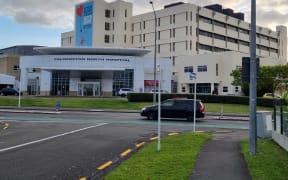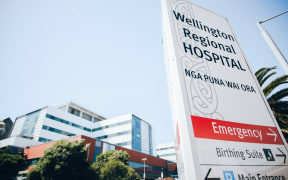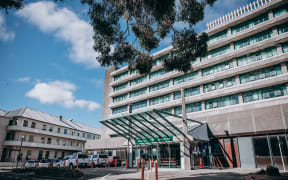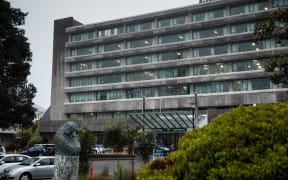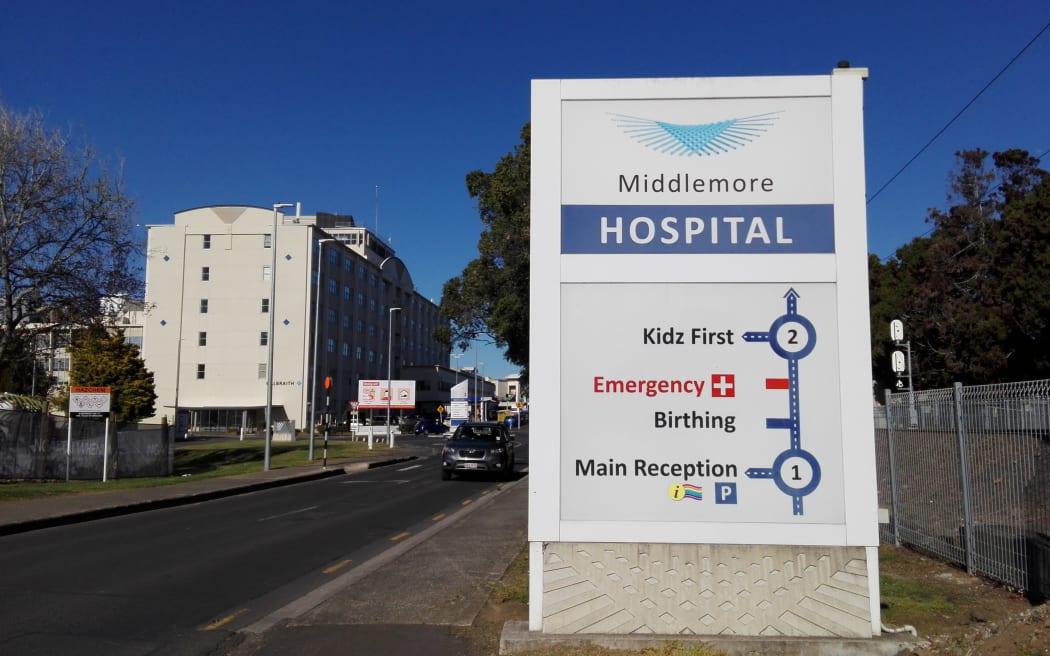
Five earthquake-prone buildings are located in low seismic hazard areas, including one at Middlemore Hospital. Photo: LDR / Stephen Forbes
A report into the seismic resilience of hospital buildings in Aotearoa shows 13 percent are earthquake-prone.
The report - released by Te Whatu Ora today - shows 103 buildings are rated below the 34 percent threshold of the New Building Standard, and 31 of these are rated importance level 4.
Level 4 buildings are critical post-disaster infrastructure, and must be operational immediately after an earthquake - for example, operating theatres and triage centres.
Six of these are located in a high seismic hazard areas, including one at Palmerston North Hospital, which houses inpatient services.
Of the 20 earthquake-prone buildings situated in medium seismic hazard areas, four of those at Taranaki Base Hospital, two at Nelson Hospital, and two at Timaru Hospital.
Work is underway at Taranaki and Nelson.
Five earthquake-prone buildings are located in a low seismic hazard areas, with two housing clinical services; one at Middlemore Hospital, which houses maternity services and a birthing unit, and the second at North Shore Hospital.
The report was written by Kestrel Group, commissioned by the Ministry of Health in March 2021.
It found more than a third of all hospital buildings were yet to have an assessment reported, including 40 categorised as importance level 4.
"Also of concern is that shortcomings in relatively modern public hospital buildings (ie. constructed since 2000) are continuing to emerge from new seismic assessments," the report reads.
"These are buildings that until recently had been thought to represent a low seismic risk, but learnings from the Canterbury and Kaikōura earthquakes have highlighted areas of vulnerability in aspects of modern construction."

Te Whatu Ora chief executive Margie Apa Photo: World Vision
However, Te Whatu Ora chief executive Margie Apa said official guidance from Ministry of Business, Innovation and Employment showed there was no need for immediate action.
"The life safety risk is still very low, as the seismic assessments of hospital buildings are extremely robust with the criteria for acute services buildings representing earthquakes only likely to occur once in 2500 years," Apa said.
She said the findings were "positive" but they were "in no way being complacent about our responsibility to invest in, design, and build infrastructure that will provide the safest environments possible".
"Now we can take a national look at the seismic performance of our health infrastructure, we can also formulate a strategy to identify where buildings are not rating as high as we would like and form a management strategy to prioritise and carry out mitigation works were needed."

